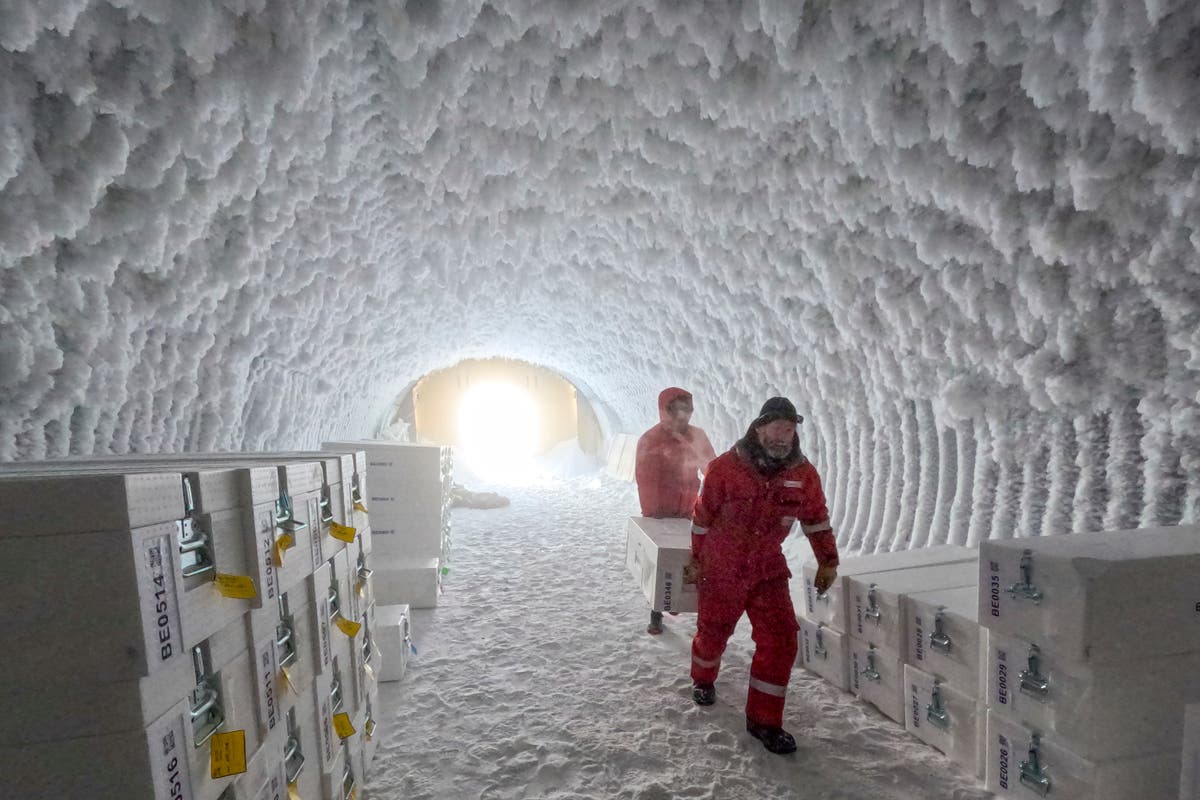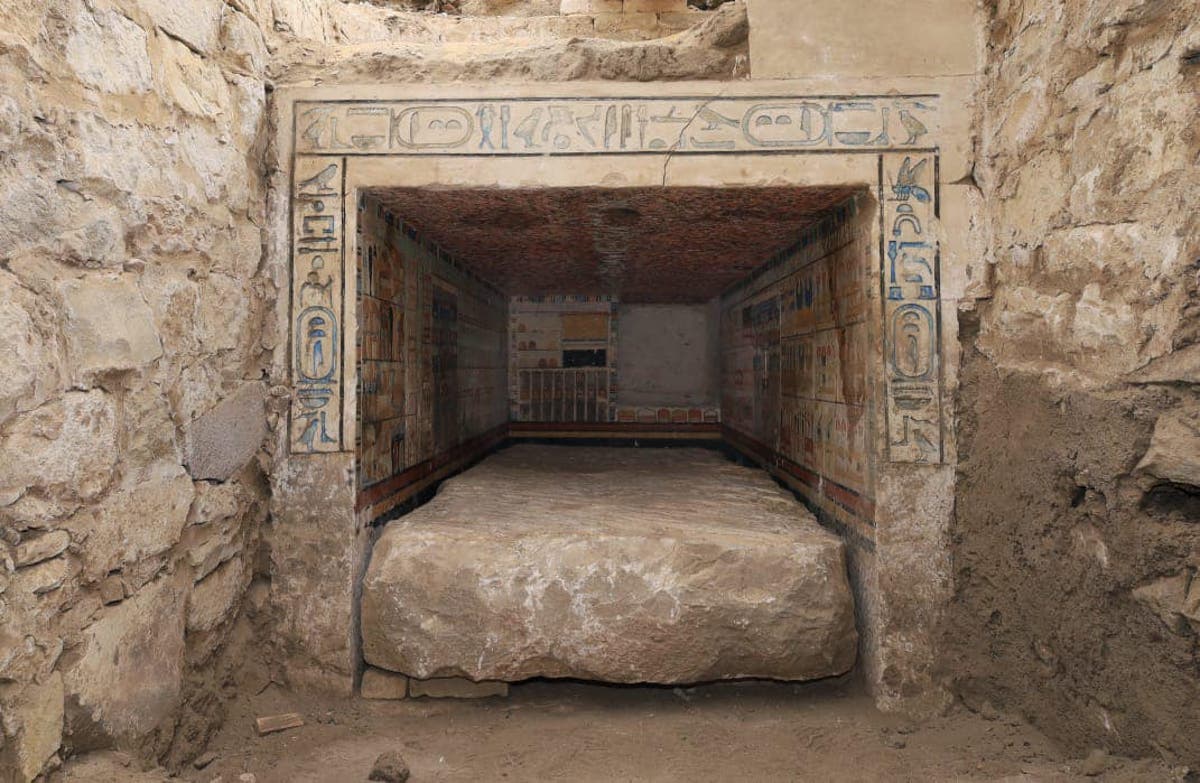A new drone survey has dramatically revised understanding of a 3,000-year-old fortress in the Caucasus Mountains, revealing a site nearly 40 times larger than previously estimated. This "mega-fortress," known as Dmanisis Gora, situated at a crucial juncture between Europe, the Eurasian Steppe, and the Middle East, flourished between 1500 and 500 BC.
Initial excavations in 2023 focused on a fortified area nestled between two gorges. However, subsequent aerial surveys using drones uncovered a significantly larger settlement. The high-resolution mapping process involved 11,000 images compiled into digital elevation models and orthophotos. This comprehensive approach allowed researchers to identify additional fortifications, structures, and even field systems beyond the previously known inner fortress.
The results, published in Antiquity, highlight a substantial outer settlement protected by a kilometer-long fortification wall. Comparison with Cold War-era satellite images helped distinguish ancient features from more recent modifications, including damage from modern agricultural practices.
Researchers posit that the fortress likely expanded and contracted seasonally, possibly in response to interactions with nomadic pastoral groups in the region. This finding offers crucial insights into the population density, livestock management, and agricultural strategies of this pivotal area during the Late Bronze Age and Early Iron Age. Further research, they hope, will unravel the complex societal dynamics and interactions that shaped this critical crossroads of Eurasia.







